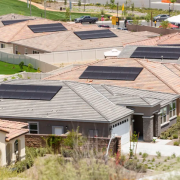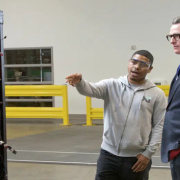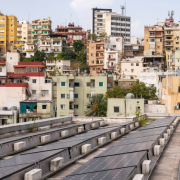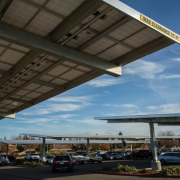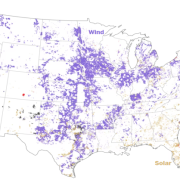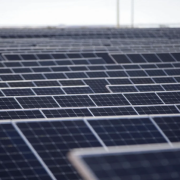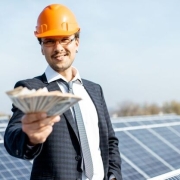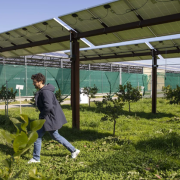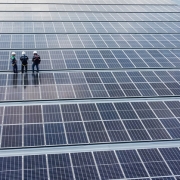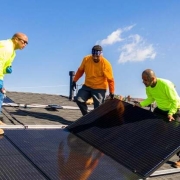Justine Yotti-Conrique and Michael Conrique just bought their first home together. The pretty, Spanish-style four-bedroom house in the planned community of Shadow Mountain is ideal for the young couple and their border doodle, Ziggy. Shadow Mountain is just one of many similar-looking communities popping up all over this fast-growing slice of Southern California desert, where young professionals like the Conriques are flocking thanks to remote work options and high prices along the coast.
But behind the home’s stucco walls and under its terracotta tiled roof lies a new breed of smart, energy-efficient home. One that’s part of California’s first planned smart, solar-powered residential microgrid community.
Click here to read the full article
Source: The Verge
—
If you have any questions or thoughts about the topic, feel free to contact us here or leave a comment below.

